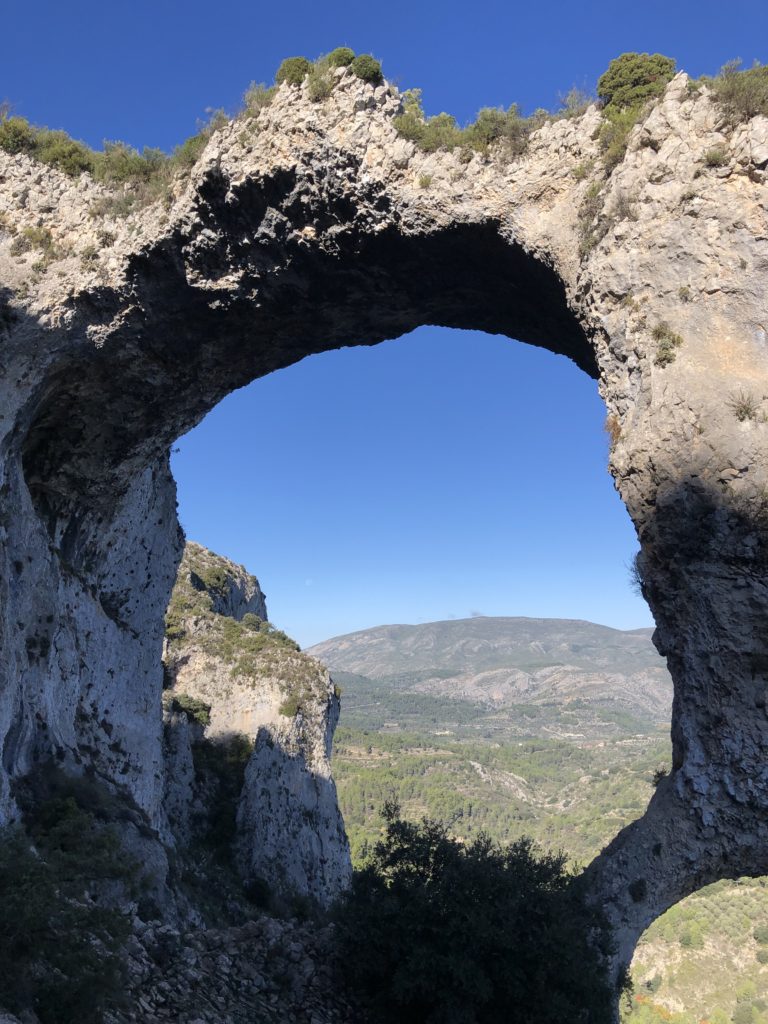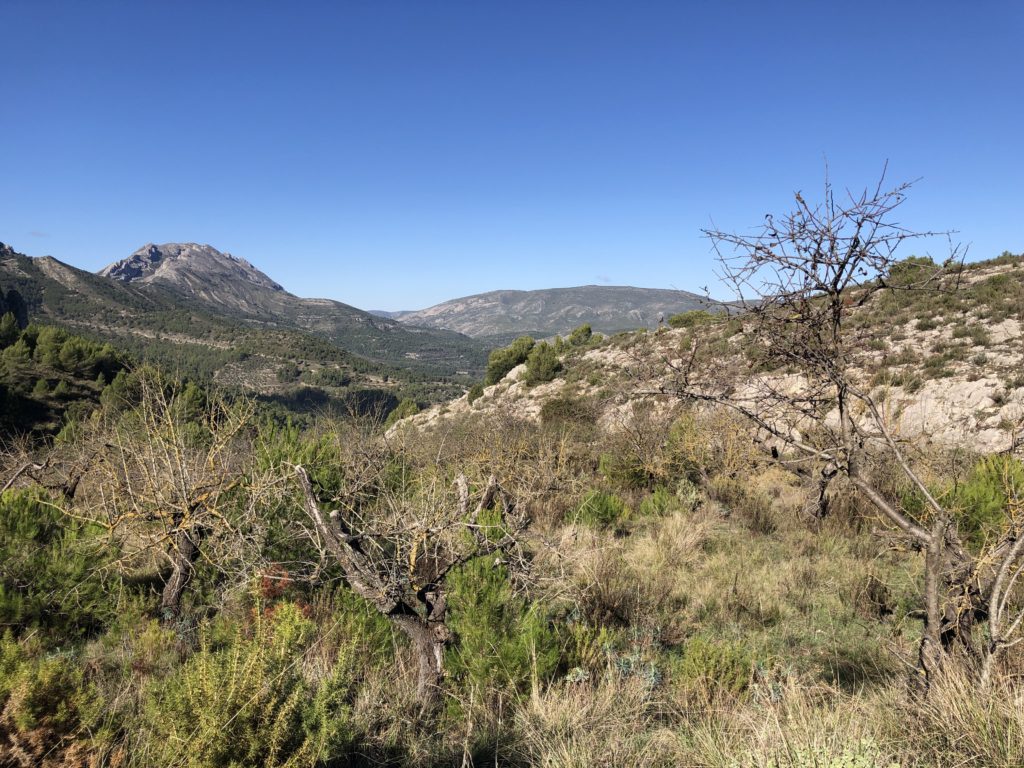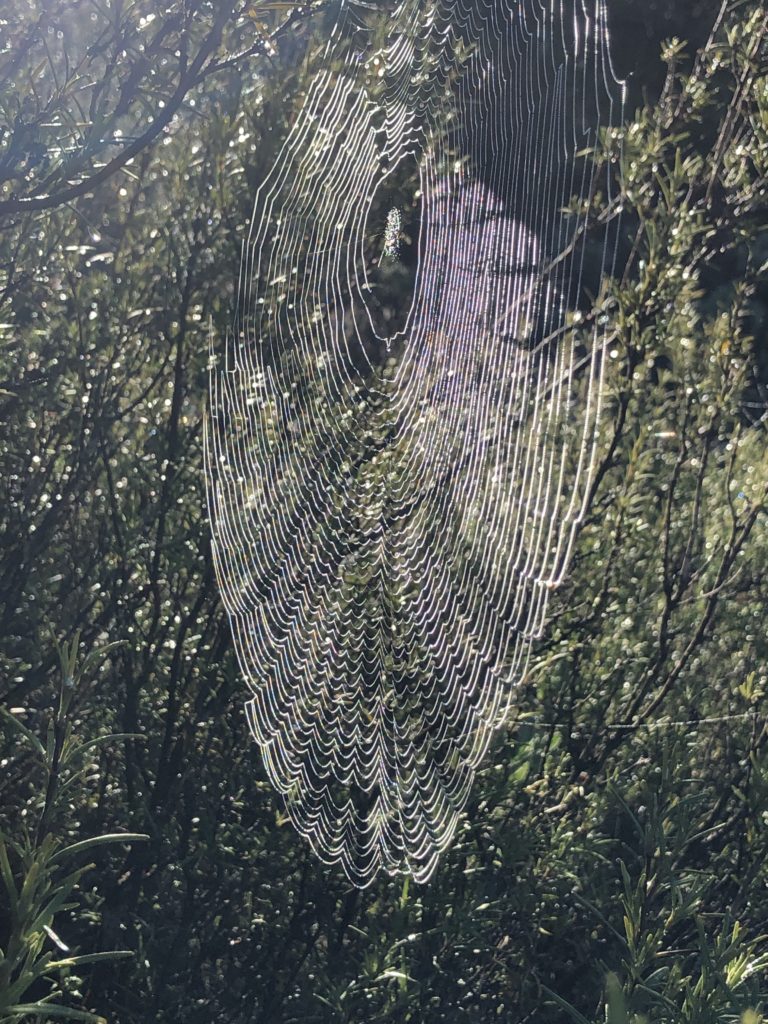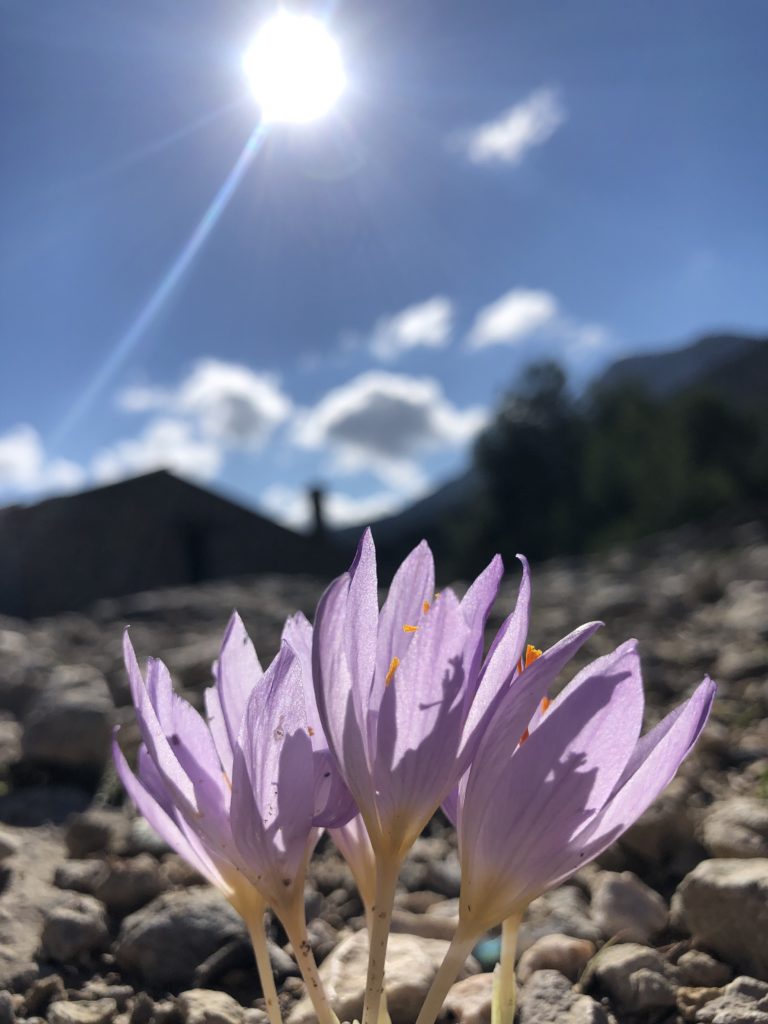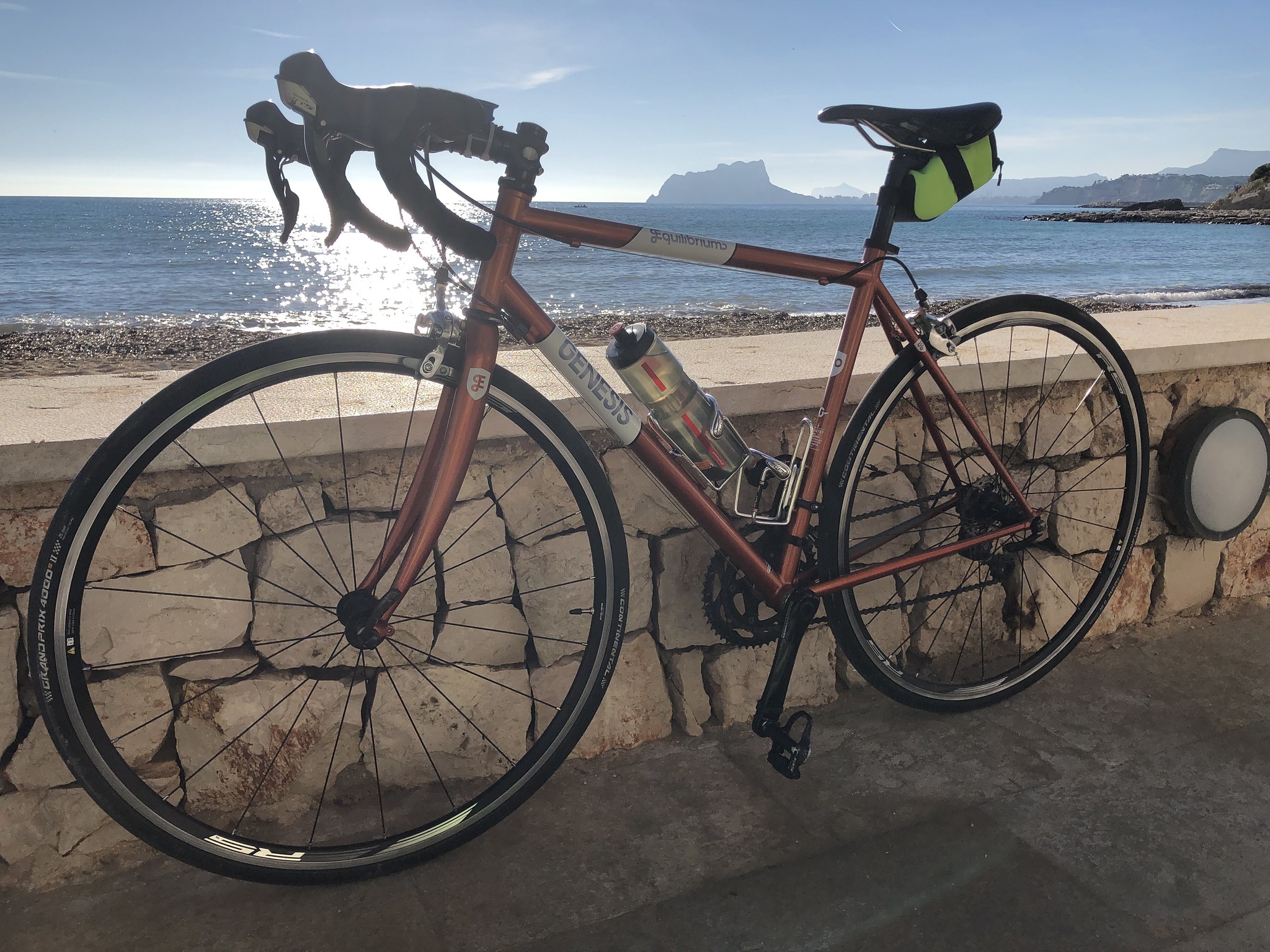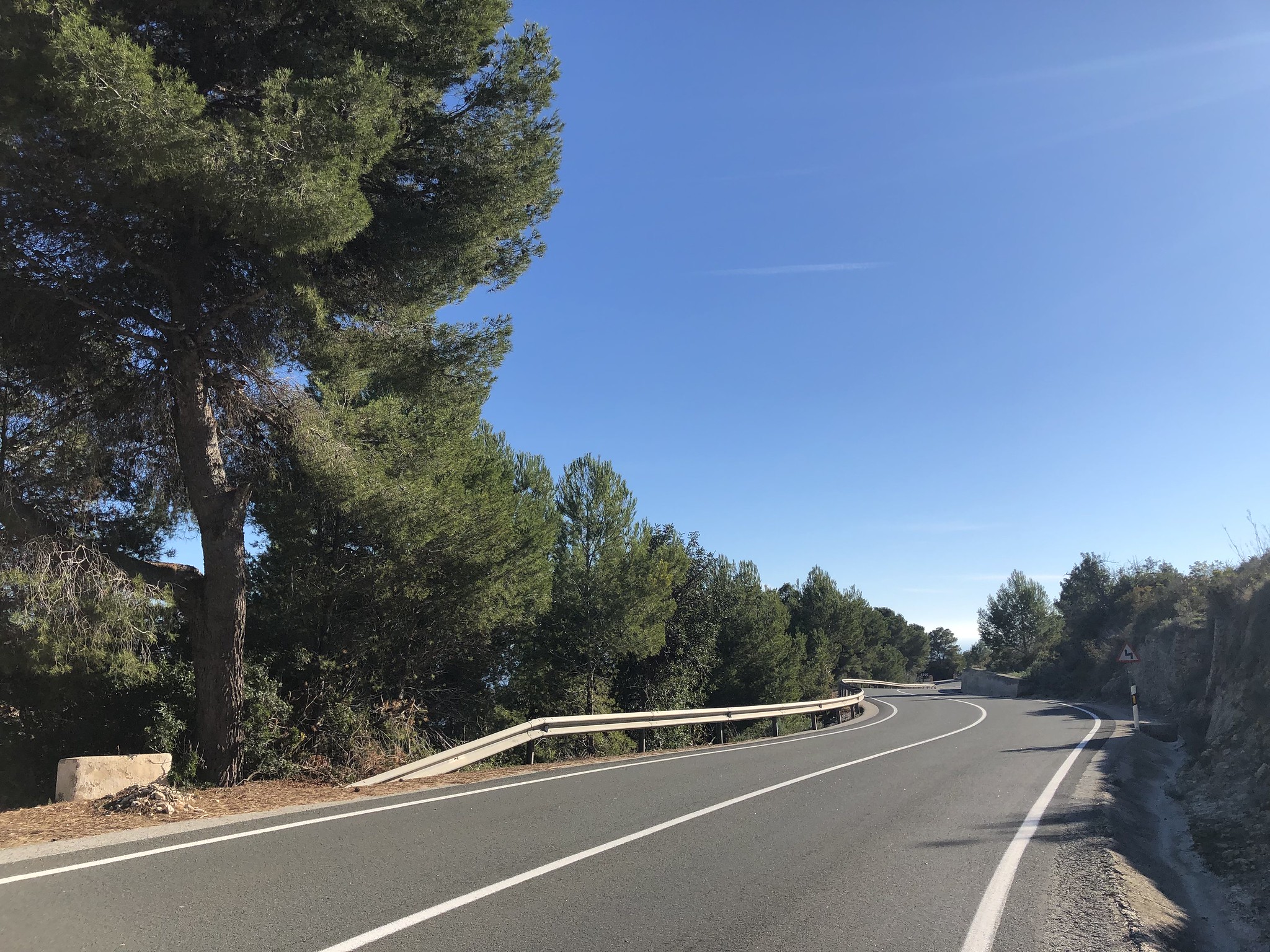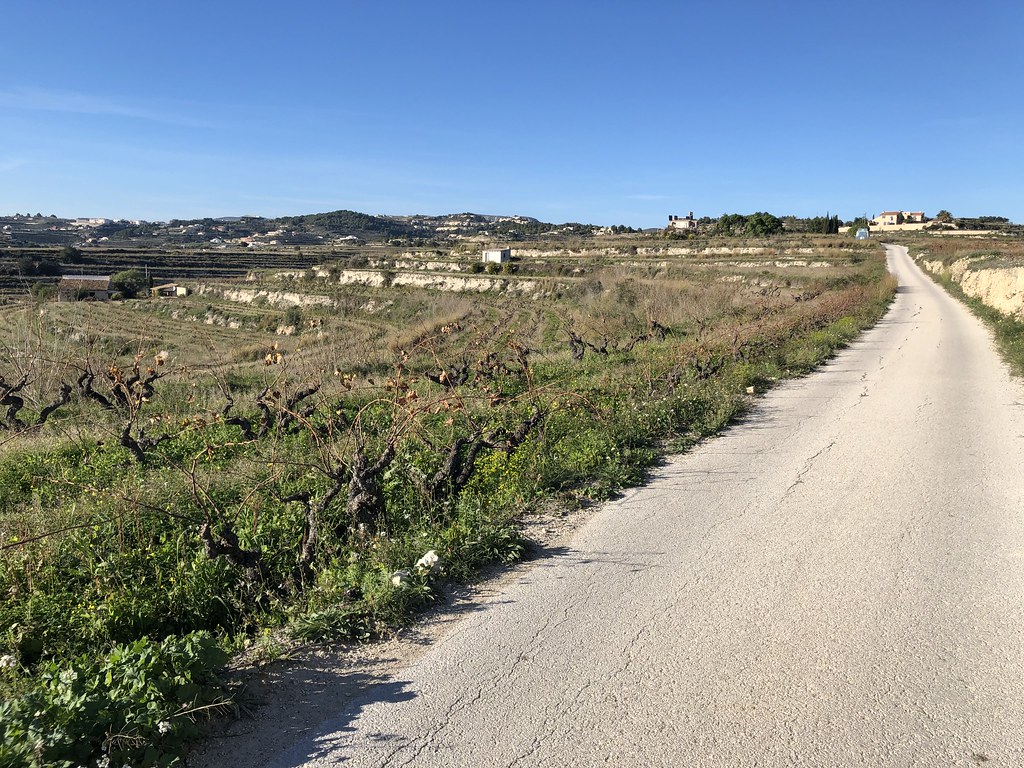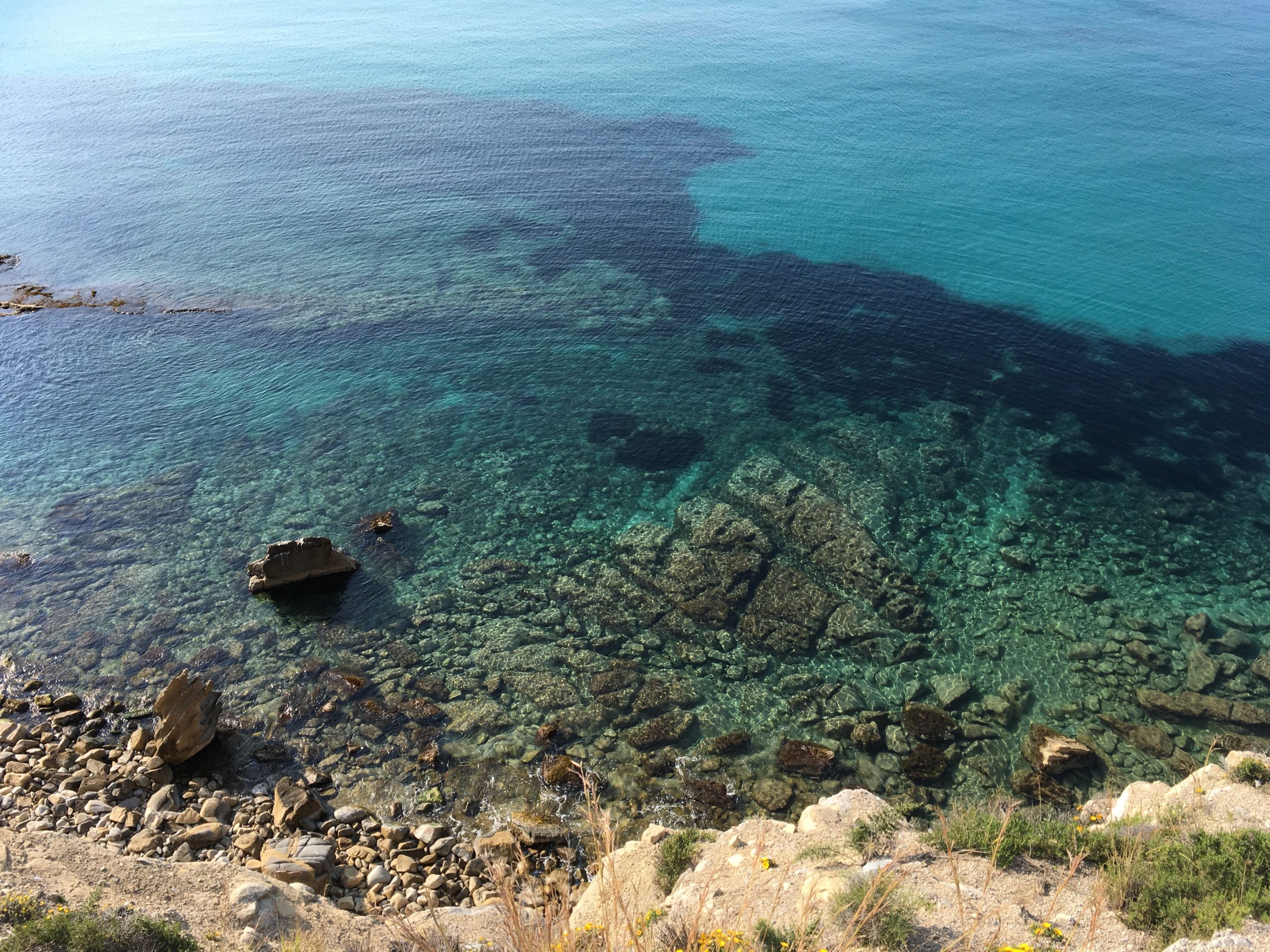I was in Spain with the Ricoh Theta S last week so I took the opportunity to experiment with the Ricoh Theta S in a number of locations. What I like about such a device is that it takes a click to get pictures. I experimented with a manfrotto monopod and a smaller monopod. The Manfrotto base was clearly visible in shots so the immersive experience is degraded. With the smaller monopod the base is the same width as that of the camera. This means that at least the support was hidden.
runners in Denia, Spain – Spherical Image – RICOH THETA
The first image was taken at Denia port, showing two runners running along the port wall/promenade. You can look around and see that the sea was flat, that the car park is relatively full and buildings behind the scene. It provides you with context.
Post from RICOH THETA. – Spherical Image – RICOH THETA
The second image is taken with the monopod fully extended so that it is among the branches of the trees. You can see a light house ahead and you can look at the tree at the same time.
theta archaeology. 🙂 – Spherical Image – RICOH THETA
It would be interesting to experiment with archeology and 360 pictures and video. Instead of placing the camera to one side and having the camera operator choose what you see the action could take place around the camera and the viewer, sitting in a swivel chair could turn and look at where the most interesting thing is happening next. You can zoom in and out within reason, to see details or to see a wider picture.
Post from RICOH THETA. – Spherical Image – RICOH THETA
At the Denia Marina part of a bar is floating on the water. it has a sphere of sun shades around with speakers and lights. You can sit in comfortable seats and look up. A conventional image would show the dome from outside but with a spherical camera you can capture the feeling of being in the centre of the structure.
my camera and I, between shots. 🙂 – Spherical Image – RICOH THETA
This image was taken in Basel during a recent trip. This location is ideal for 360/spherical images because each wall is covered with paintings, the clock is decorated and more. As it surrounds you the subject lends itself well to 360° photography.
a rock outcrop – Spherical Image – RICOH THETA
For the last image I went to sea level and photographed the view from a headland and beaches on either side. One of those beaches has bars and a number of people whereas the other beach is nice and quiet. It is nice to look at these images and get a feel for the place.
The challenge in taking these photos is how to get the camera in to an interesting place and hide yourself or the support for the camera. I usually knelt down and tried to stay directly below the camera. The other option is to find a system to stand the camera at the right height but make the monopod invisible. With multi-camera setups parallax makes hiding tripods and other objects easier. The next step is to find a base that makes hiding the stand simple.
